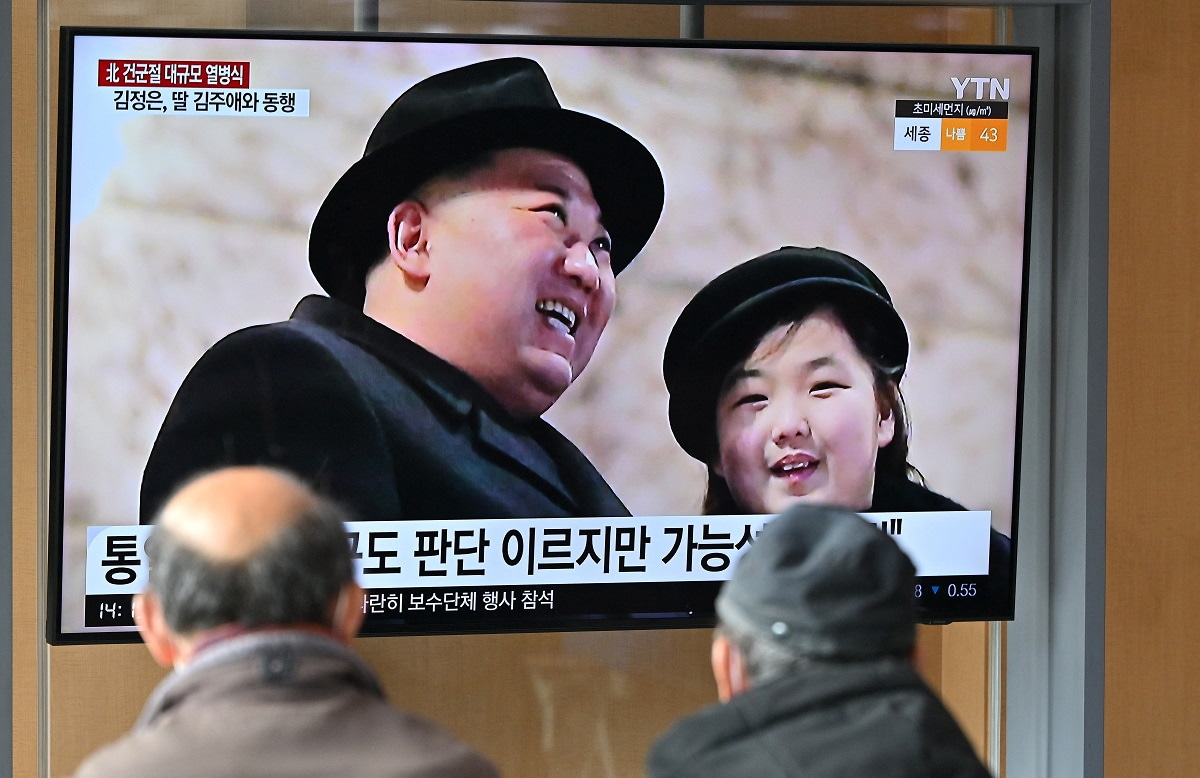It is still August, yet for North Korea, 2024 has been a remarkable year.
In January, Kim Jong-un declared that North Korea had abandoned a goal of unification with South Korea, a policy that had been in place for at least seven decades.
A month later, Kim promised to build 200 new rural factories over the next ten years.
In April, the country welcomed China’s Zhao Leji, the third-highest ranking member of the Chinese Communist Party, for the first high-level talks since the Covid-19 pandemic.
Kim is entering his 14th year of supreme leadership, an amount of time soon equal to that of his father Kim Jong-il.
In May, North Korea retaliated against South Korean activists sending anti-North leaflets by floating balloons carrying garbage across the border, some hitting the bullseye at South Korea’s presidential office compound.
In June, Pyongyang revived a Cold War-era alliance treaty with Russia, putting itself in a middle position between Moscow and Beijing.
In July, North Korean state media published photos of Kim going to flooded areas and evacuating the locals. It has been rare for the state media to portray their leader enduring such dangerous conditions.
Kim is entering his 14th year of supreme leadership, an amount of time soon equal to that of his father Kim Jong-il (1994–2011). Like any leader, Kim is looking to build his own legacy, one that could distinguish himself from his grandfather and father.

As a 27-year-old leader at the moment of power transition, it made sense for the inexperienced Kim to consolidate his power first. He simply carried on with his family’s unfinished projects, whether it is to expand the country’s nuclear and missile arsenals or to embrace engagement with South Korea and the United States depending on the political climate in Seoul. North Korea’s nuclear and missile programs were Kim Il-sung’s initiatives. The country’s first nuclear test in 2006 happened under Kim Jong-il’s watch. Kim Jong-il was also the first North Korean leader to host an inter-Korean summit in 2000 and opened the Mount Kumgang Tourist Resort and the Kaesong Industrial Complex.
From 2012 to 2017, Kim purged more than 340 high-ranking officials, including assassinating his own half-brother Kim Jong-nam. Kim might have built his own lasting legacy via engagement with Donald Trump in 2018 and 2019, but this diplomacy was cut short due to differences over the scope and pace of sanctions relief. Then Kim had to lock down his country for four years to isolate it from the pandemic, turning North Korea once again into the Hermit Kingdom after a brief period of openness.
As the North Korean state successfully tightens its grip on the market thanks to pandemic lockdown and the country is benefiting handsomely from the Russian war in Ukraine, Kim is asserting himself.
And that all changed in 2024, the first year free of pandemic control.
As the North Korean state successfully tightens its grip on markets after pandemic lockdowns and the country benefits handsomely from Russia's war in Ukraine, Kim is asserting himself. He made a huge break with his father and grandfather by abandoning unification and the idea that South Koreans share the same ethnic origin, a move so remarkable that several long-time Korea watchers argued it could be a sign of preparations for war. Words by Kim Il-sung and Kim Jong-il that mention unification were erased from public places. Posters, architecture, and symbols of unification met the same fate.
Kim also introduced lapel pins with his own face on them to replace those with his father’s and grandfather’s faces. Kim even changed the name of North Korea’s most important national holiday – the commemoration of Kim Il-sung’s birthday – from “Day of the Sun” to simply “April 15”.
Kim has also this year shifted the focus of his father and grandfather on ties with smaller nations to more powerful countries by closing several North Korean embassies in traditionally friendly states in Africa. It is also worth recalling that Kim Il-sung and Kim Jong-il did not want North Korea to stay in an alliance with the democratising Russian government after the end of the Cold War due to the differences in ideology.
The rural factories policy also broke with North Korea’s traditional focus on heavy industry and emphasis on urban development because it is geared towards producing consumer goods for regional residents. It is not a coincidence that Kim went to the flooded areas to affirm his new domestic focus.
And if the speculation about Kim preparing his daughter Kim Ju-ae to be his successor is correct, he is also breaking with the patriarchal norms championed by the two previous Kims.
Whether any of the domestic and foreign initiatives last will depend on whether the state can mobilise enough domestic labour and resources, as well as how the Russia-Ukraine war proceeds. One thing is, however, certain: Kim is setting out to distinguish himself from his forebears.

